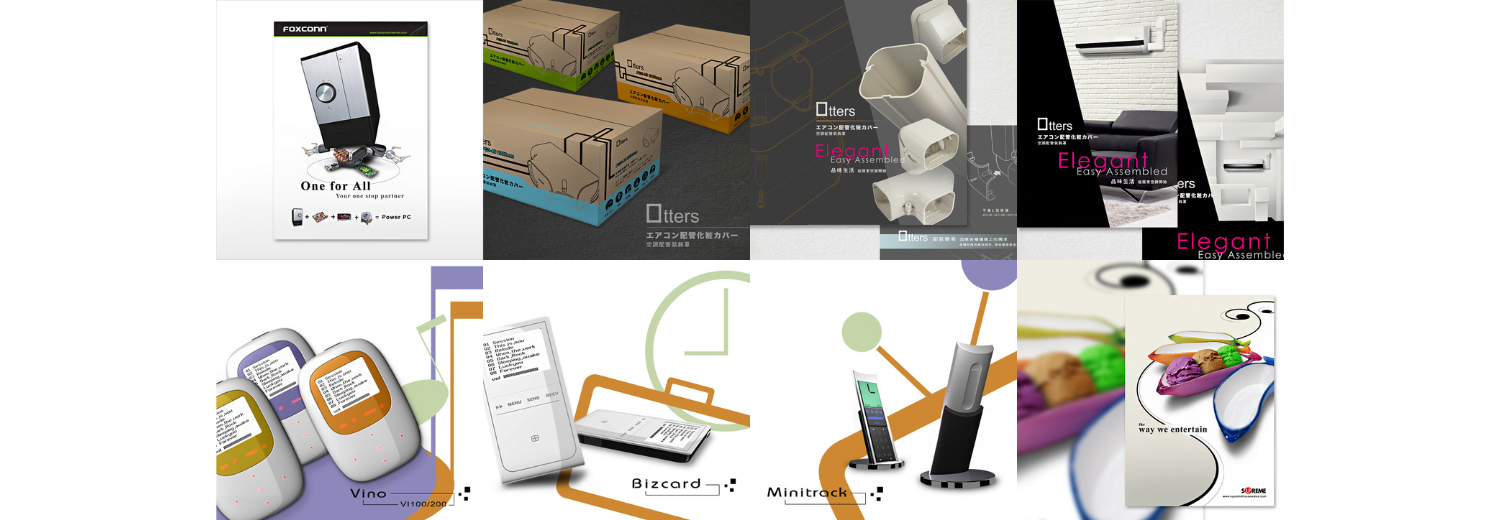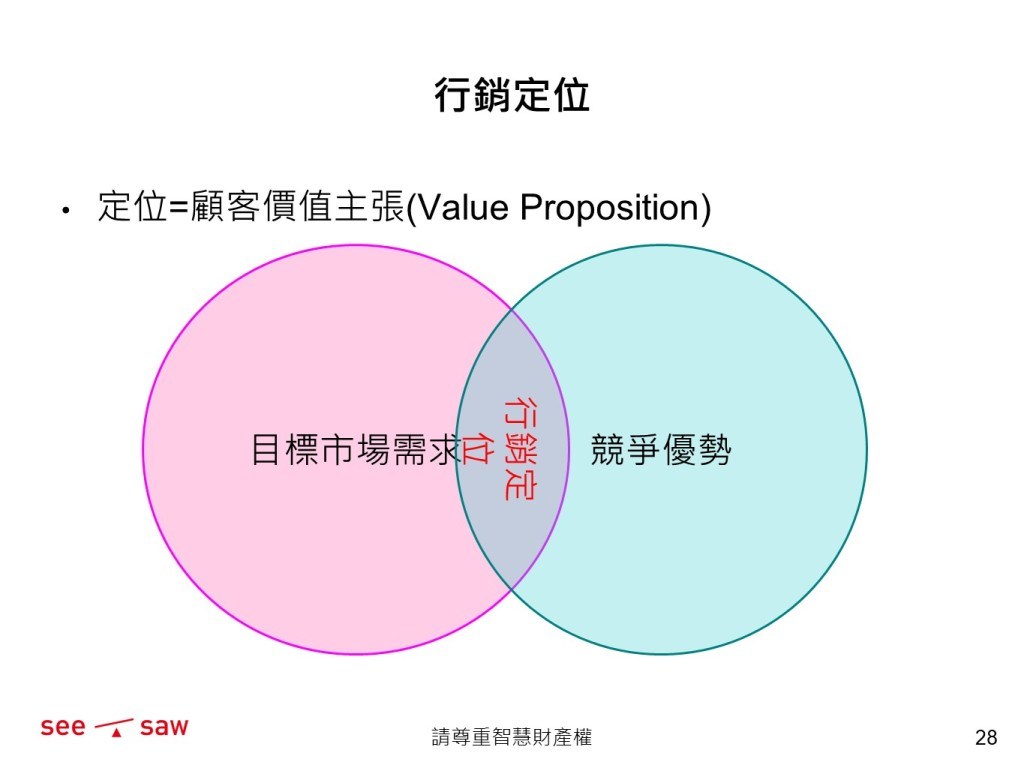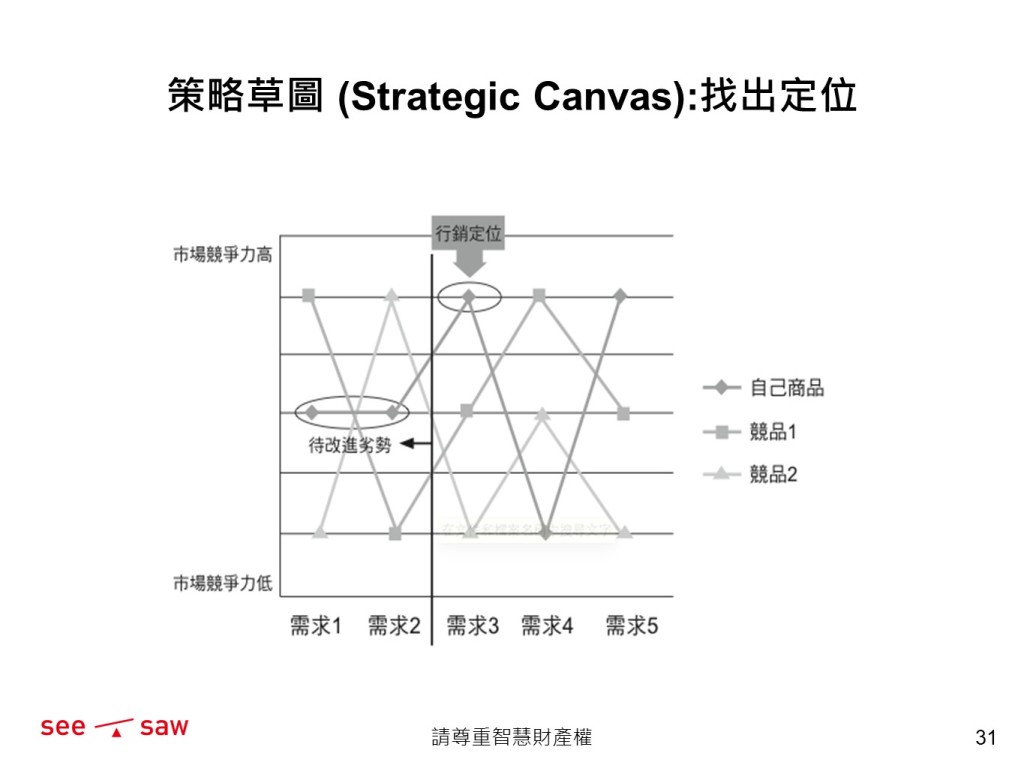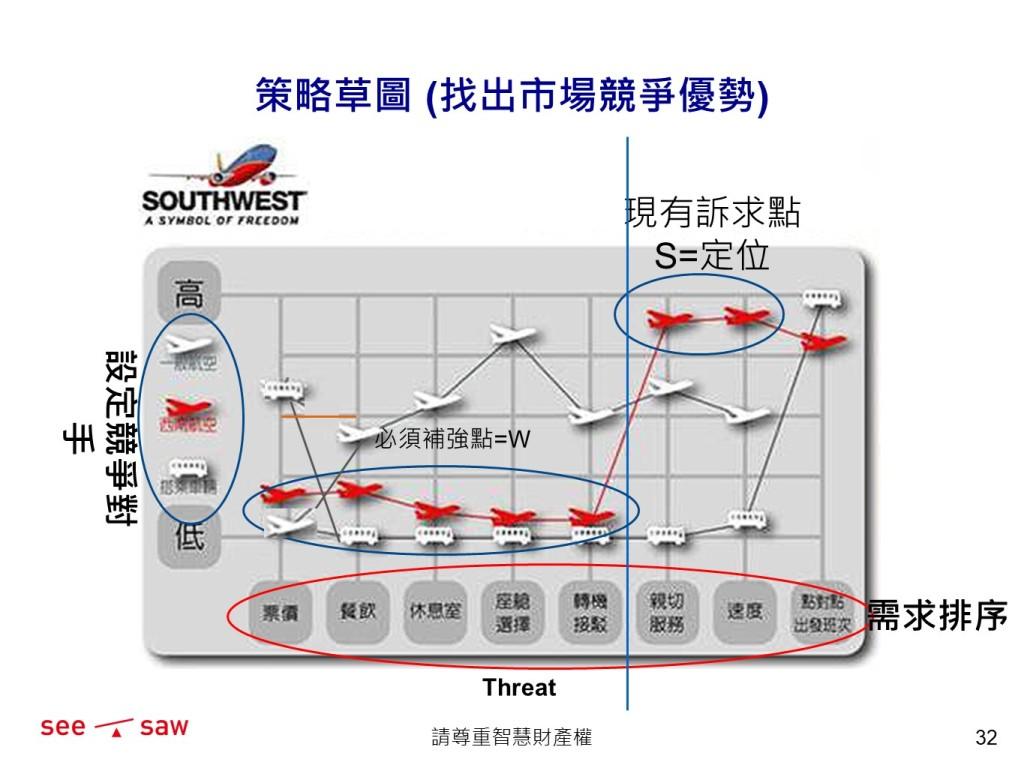<Brand Positioning>
If you believe having your own brand is important,
and you see how major brands rise and fall,
then you need WebNet’s professional team to take the pulse of your brand.
A brand isn’t owned by you; it’s recognized by the market.
Identifying the brand that the market needs
is gigasources commitment to you.
(1) In-Depth Interviews
The WebNet team will hold interviews with your management team to understand the thoughts of each team manager, find common ground among the management team, and set the tone for the company and brand direction.
Tool Used: Management Team Interview Record Sheet
(Items for interview, not listed on the website)
1. What is your job responsibility?
2. What are your expectations for the company’s future?
3. What do you believe is the company’s core value?
4. What do you think is your team’s role within the company?
5. What are your suggestions for the company’s future development? (Both positive and negative opinions are welcome)
(2) Clarify Corporate Vision and Missio
Based on interviews with the management team, consolidate the team’s consensus to form a company-wide agreed-upon future vision and mission as the foundation for brand development.
Tool Used: Vision Categorization Table (Adjusted according to interview content)
(3) Define Brand Promise and Value
Under the guidance of the vision and mission, align with future market development, set customer-relevant brand promises, and combine competitive advantages to showcase your brand value.
(4) Develop Brand Positioning
Analyze the needs of the target market, combine your competitive advantages, and find the most suitable market positioning. Develop positioning statements for subsequent brand communication.
(5) Recommend Long-term Brand Development Strategy
Branding is a long-term effort. After setting your brand’s current positioning, our team focuses on long-term development. We establish development goals for three or more years based on the company’s vision and the management team’s expectations and provide optimal recommendations for brand management.
Positioning = Customer Value Proposition (Value Proposition)
Once the marketing strategy is set,it means the target audience and consumer needs are also set.
Many may not realize that marketing strategy isn’t solely about the product. Why do we begin by identifying consumer needs to differentiate our offerings? This process allows us to assess whether our resources can support a particular strategy. So, what exactly is marketing positioning?
Marketing positioning is not about product capability, a common misconception.It is not about the product you want to focus on. Instead, positioning is about the value of the product capability to the target customers. Customers will always remember the value a product or service brings, not the name of the product. Therefore, positioning must meet two conditions: it should align with “Target Market Needs” and “Competitive Advantage.” Positioning must be a strength that meets the target market needs.
To find the right marketing positioning, we first draft a strategy blueprint, which also serves as the deconstruction of our marketing strategy. When choosing market segments based on the consumers we are facing, it’s crucial to rank consumer needs in order of importance. For example, price, brand, and comfort, among others. Our positioning doesn’t target the most important consumer need but focuses on what we can do best within this ranking of needs.
Based on the above considerations, if we are mediocre at meeting “Need 1,” but excel at “Need 3” and “Need 5,” while failing at “Need 4,” then our positioning should center on “Need 3.” We should focus on what we do best, not what the consumer deems most important. Hence, “Need 3” becomes our positioning, while “Need 1” and “Need 2” are areas for improvement. Just because the consumer believes that “Need 1” is the most important doesn’t mean other needs have no market. There will still be consumers with different needs, albeit in smaller numbers. They will remember us because we excel in that particular need. Keep in mind that positioning can change over time. When new advantages emerge, positioning should be adjusted accordingly.
Using this chart as an example, we first define our target audience, which in this case is consumers with long-distance transportation needs. What are the needs of this consumer group? Who are the competitors? Next, we prioritize the needs that consumers care about the most. Now, we can compare ourselves with two other competitors. It’s worth noting that the term “ticket price” here refers to competitive strength, not the actual price level. A high competitive strength in ticket price means a lower cost. So, buses are cheaper than us, and we are cheaper than regular airlines. This is clearly shown on the chart. From the consumer’s perspective, our positioning signifies that we provide friendly service and speed. This is how to use a strategic blueprint. As long as you excel in one of the consumer needs compared to the competition, that becomes your marketing positioning.




